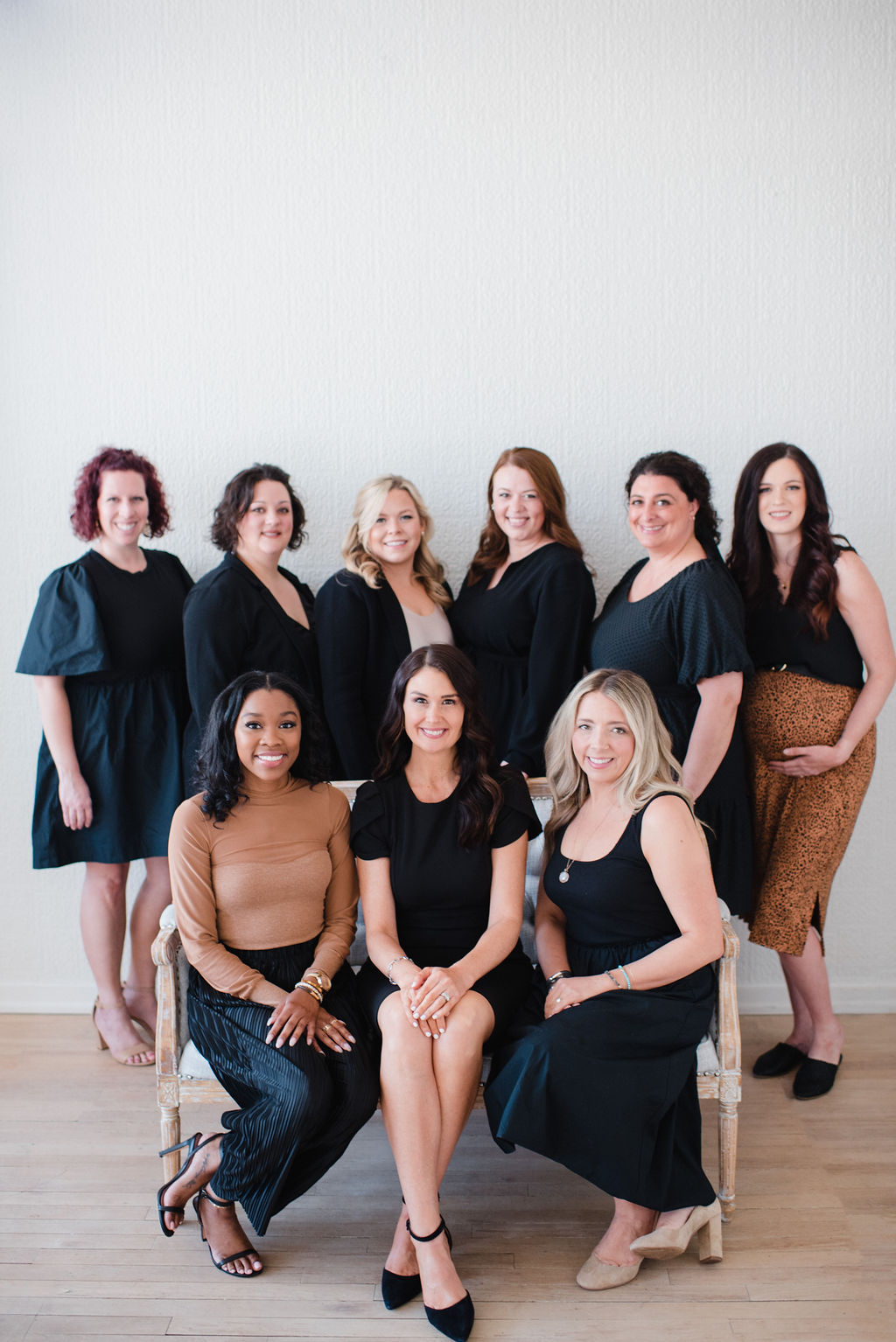We’ve put together this blog post for those couples in need of some advice and tips with different aspects of your wedding. We’ve tried to touch on some of the most commonly asked-about areas for you!
Invitation
Depending on the location of the wedding and its guests, invitations should be sent out 6 – 8 weeks before the wedding. If many guests will have to make travel arrangements sending a Save the Date might be a good option (below is information on Save the Date etiquette). The RSVP date should be about 3 weeks before the wedding so that you are able to call those who haven’t responded, and tell the vendors the exact number of attendees and the meal choices if there is one. The formality of the wording in your wedding invitation should reflect the formality of the event. If your wedding is in a church and the reception venue is formal, then so should the wording in your invitation. But if you’re having an outdoor ceremony, with the reception under a clear-span tent, you should consider going less formal.
If your affair is on the formal side, some tips would be to: use the letter ‘u’ in the words honour and favour, spell out all words (St. = Street), address everyone as Mr., Mrs., Miss., Dr., and use roman numerals instead of announcing someone as the first, the second or the third (instead, Richard III). Less formal weddings have less ‘guidelines’ and more room to be creative. Below are examples of both formal and informal invitations. Both are beautiful and interesting in their own, unique way.
Classic invitation wording:
Trendy invitation wording:
Along with your invitation you should include a response card with room for the guest to write all of the names of people attending, the total number of guests that are attending and room for their meal choice(s) if there is one. Generally the line on the response card for the guests names will start with an M, but if the guest your are inviting is a doctor, use Dr instead. Also, a card with information about the reception location and time should be included since information about the ceremony is on the invitation itself. There should also be a card with information about a hotel room block or directions card if necessary.
Save the Date
Save the Dates are becoming more popular, but originally were used for those who were having their wedding somewhere far away to give guests plenty of time to make travel arrangements. The Save the Date should include the following information: wedding date, location, hotel arrangements, and wedding website information. Remember, Save the Dates are not meant to be formal like the invitation. Many people send them out as a postcard, magnet, even a bookmark would be fun! A lot of times the Save the Dates will be a picture of the couple (possibly from their engagement shoot) or even a picture of their pet(s); the options are endless. These should not be sent out a year before the wedding, but generally 4 – 6 months before the wedding. Also, keep in mind that everyone receiving a Save the Date should also receive a formal invitation!
Dinner
First lets discuss the bridal table. There are endless options, but think about if you would like to sit with all of your bridal party, just the maid of honor and best man, or even just get to spend the dinner portion of the night with your new hubby! Once you figure out how you would like to be seated, then figure out the rest of the wedding guests. If there is a meal choice involved, escort cards might be helpful for the catering staff because a lot of times guests will forget what meal choice they chose three weeks ago. When using escort cards, making a seating chart is necessary, but doesn’t have to be difficult. Generally you should seat the immediate family close to the head/sweetheart table, and if there are a large number of children attending, you can always designate a table or two as children’s tables.
When arranging the rest of your guests, try and be accommodating so that your single friend isn’t at a table with all couples that he/she doesn’t know for example, but don’t lose sleep over it!
Here are some tips for creating your own seating chart: Get a seating chart from the venue for the arrangement and number of tables you will be working with. Cut out one circle per guest table, make sticky notes for each guest and have fun playing around with all of the many options! (You can even color code groups of your guests with the post-it’s: family, friends, work colleagues, etc.) Remember to seat your family closest to the head table, and then work your way out from there. After all of your guests have been assigned, create a simple spreadsheet in excel with each table name/number and the guest names seated there. It should be more fun than stressful!
Receiving Line
The receiving line allows the bride and groom (and their parents if desired) to speak with all of the guests at the wedding before the night is over. It is not a requirement, and is becoming less popular. Traditionally the receiving line would be at the end of the ceremony or at the beginning of the reception with the newlyweds, the brides’ parents, maid of honor and best man. But any variation can be done and the time/location can change as well. Some like to do it at the end of the ceremony, while others do it at the cocktail hour or reception. Talk to your fiancé and decide when you will be taking time to talk to guests. If this is something that you would like to do, just remember that there are many options to consider. You could have the receiving line at the end of the ceremony, during cocktail hour, or even going around to tables during dinner to greet everyone. There’s no right or wrong way to do it, you'll just have to take into consideration the timing of the events on your wedding day, and when pictures are being taken to make the best decision!
Thank You Note
The one thing that all couples dread, but remember, the faster you do it, the faster it gets done! All thank you notes should be mailed out no more than three months after the wedding. If you receive gifts before the wedding or in the mail, respond immediately with a thank you to get it out of the way, and to let the senders know that you received their gift. Sometimes creating a process is easier, for example, when you open gifts keep a record of each gift, the giver, when you got it (before, at, or after the wedding) and when the thank you note was mailed if not all at once. This will help keep you organized, and will make sending thank you notes simple. Each thank you note should be hand written and personal. You should mention the gift received and a special use you may have for it. Also remember, you must send out separate thank you notes for shower and wedding gifts from the same people.
After it’s all said and done, you’ll be thankful you took all of these details into consideration, and your wedding day will be even more enjoyable because of it! Hopefully this will give you a little insight and help when trying to figure out what to do for all of those wedding details. Good luck with the planning!
Photos from www.minted.com.

















Amazing blog post for couples in need of some advice and tips on different aspects of a wedding. I'd like to share with you a free event planning software that I came across recently. It's an all-in-one style planning tool that uses virtual reality. In other words, you can see your wedding before it happens with this amazing event organizing software.
Post a Comment